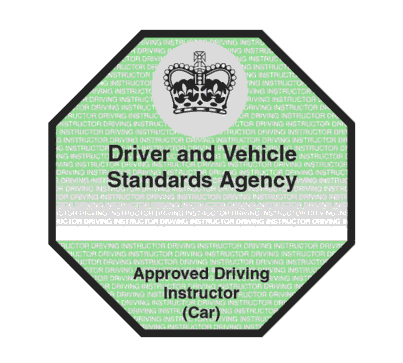BRIDGNORTH


SCHOOL OF MOTORING
01746 762981 07803 236216
01746 762981 07803 236216
FREQUENTLY ASKED QUESTIONS ABOUT LEARNING TO DRIVE
What are the eyesight requirements to drive?
You must be able to read a vehicle registration plate from 20 metres away. If you need glasses or contact lenses to do this you will need to wear them every time you drive.
What do I need before I can start learning to drive?
You must be in possession of a provisional driving licence before you will be able to drive on public roads. You can apply for a provisional licence three months before your 17th birthday, but it will not become valid until you turn 17. You can apply for a provisional licence by obtaining a D1 form from the Post Office or following my link to the gov.uk website and apply online. You will need a valid UK passport to apply online. The current cost of a provisional licence is £34 online or £43 by post.
Can I start driving lessons before passing the theory test?
Yes you can and probably should, as the practical experience will help you understand the Highway Code. Likewise studying for the theory test will also be very helpful in your practical lessons.
What happens on my first lesson?
Before your first lesson starts, you will have to show your provisional licence. You will then be asked to read a vehicle registration plate 20 metres away (please bring glasses with you if they are needed). If you have never driven before we will need to familiarise you with the controls, and how to use them correctly. You will always drive the car on your first lesson. Appropriate footwear should be worn for driving lessons (no flip flops or high heels).
How many driving lessons will I need and how long will it take?
There is no minimum or maximum amount of lessons needed. It depends on many factors such as: have you ever driven a car before, will you practise between lessons with a family member or friend , your age, individual aptitude and how many lessons a week you have. DVSA research recommends 45 hours to reach test standard. My pupils vary from 25 to 45 hours, but there is no definite answer to this question as everyone progresses very differently.
What does the theory test consist of?
The theory test is in two parts. The first part consists of 50 multiple choice questions based on the information found in the Highway Code. Some of the questions will relate to a case study (short story). You will need to achieve a score of 43 out of 50 in the 57 minutes allowed. The second part of the test is hazard perception, which involves watching 14 short video clips on everyday road scenes from the drivers view. When you see a developing hazard that would cause you to change speed or direction click the mouse, the earlier you click the more points you score. You will need to achieve a score of 44 out of 75. You need to pass both parts to pass the theory test.
How do I book my theory or practical test?
Follow my link to the gov.uk website or alternatively you can call the DVSA on 0300 200 1122 to book theory or practical tests. NEVER book a test anywhere else, these companies go to the DVSA and book a test on your behalf; they then charge you a booking fee of up to 100% of the test cost.
Where can I find more information regarding tests and prices?
Follow my link to the motoring section of the gov.uk website. Here you can find all the latest information on learning to drive, including latest test fees. You can also watch the latest video clips on the driving test, by following my link to the DVSA section of You Tube.
Where can I take my practical test?
We use Ludlow test centre now located at Ludlow eco business park SY8 1FD
What happens on my practical driving test?
The driving test is approximately 40 minutes. The first two stages are an eyesight check and answering a vehicle safety question, the answer may involve opening the bonnet (questions and answers can be found on the `show & tell' page). You will be expected to drive safely on different roads and varying traffic conditions, stopping several times to show you can stop and move away safely under control. You will be asked to perform one reversing manoeuvre and also drive independently for 20 minutes. This could be done by following a sat nav or you could be asked to follow road signs to a destination. Candidates are asked when it is safe to demonstrate one of the vehicles auxiliary controls whilst on the move, One in three test candidates are asked to perform an emergency stop. To pass the test you must not commit any serious or dangerous faults, or accumulate more than 15 driver faults. The result is given to you at the end of the test with advice and feedback.
On the independent drive will I fail if I go the wrong way?
No, as long as you are still driving safely. The independent drive is NOT a test of your navigational skills. Independent driving is designed to assess you can still drive safely when you are not given turn by turn directions from the examiner, which often prompt you to start the mirrors-signal-manoeuvre routine.
After I pass my driving test what does the new drivers act mean?
After passing your driving test you are on probation for two years, this is called the new drivers act and will mean if you accumulate six or more penalty points in this time your licence is automatically revoked. To get your full driving licence back you must reapply for a provisional licence, pass the theory and practical driving tests again.